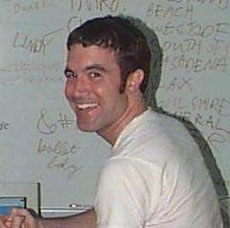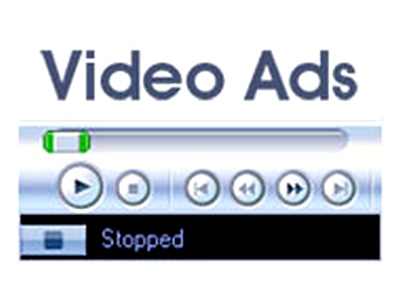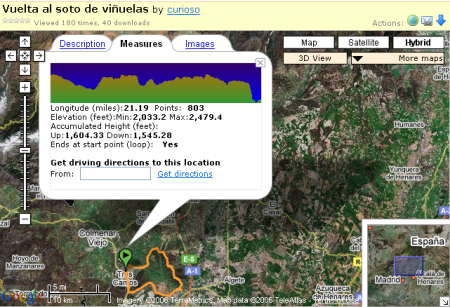
Dotcomedy was reviewed today by Mashable. It's a Funny or Die wannabe that is ad supported by NBC. The difference with this is that there is no UGC here - all content that is posted is reviewed by NBC's editorial staff. So only the best clips make it on there. Will this model work? Well, at least we won't have to wade through that much stuff, but perhaps volume is still the way to go where people will find something that appeals to them.
What's interesting are some of the comments from the OMMA video conference as reported by PaidContent. Some of the highlights include:
- Video Ads need to rely on visual rather than audio - most users have their sound turned off or low
- CPMs are hitting $5-$15 for semi professional user generated content (Heavy.com calls this SPUG)
- Greg Wilson from Red Bull Tiger - One other thing he doesn't want is product placement. "It's a crock. When someone holds up a bottle of Evian on TV, is anyone being fooled? Is anyone being enticed? It's only being done because we can't think of anything else to do."
So that's another week in the wild west of online video. It appears that more and more brands are turning toward branded entertainment, but the big issue is still search. How can we find videos that are relevant and interesting to us? Will these ads pop up? Some but not all. The sunglasses falling on my face video was sponsored by Ray Ban but for everyone of those there are many more viral ads that barely make their view count out of the 100's. Are those considered successful? What are the metrics here? Greg Wilson's comments take out product placement, but what are our alternatives other than sending someone over to sit next to you and talk about products. I think that technology has been maxed out here. After all, you can't control content, filmmakers will make whatever they want. How do we get this stuff paid for?















 I'm going to write today about how portals have really changed the way that we do business. Before (and I mean back in the old days prior to 2000), we would register a trademark and a company name and really blast that trademark out there and build goodwill as well as brand recognition. Companies like Coca Cola, McDonalds, IBM, Apple, and others were extremely valuable and most of them really were marketing companies (Apple for example gets most of its parts overseas and simply assembles them to sell to you). Today, these brands are extremely valuable as end products. However, online, purchasing these products has never been easier or more competitive.
I'm going to write today about how portals have really changed the way that we do business. Before (and I mean back in the old days prior to 2000), we would register a trademark and a company name and really blast that trademark out there and build goodwill as well as brand recognition. Companies like Coca Cola, McDonalds, IBM, Apple, and others were extremely valuable and most of them really were marketing companies (Apple for example gets most of its parts overseas and simply assembles them to sell to you). Today, these brands are extremely valuable as end products. However, online, purchasing these products has never been easier or more competitive. 








